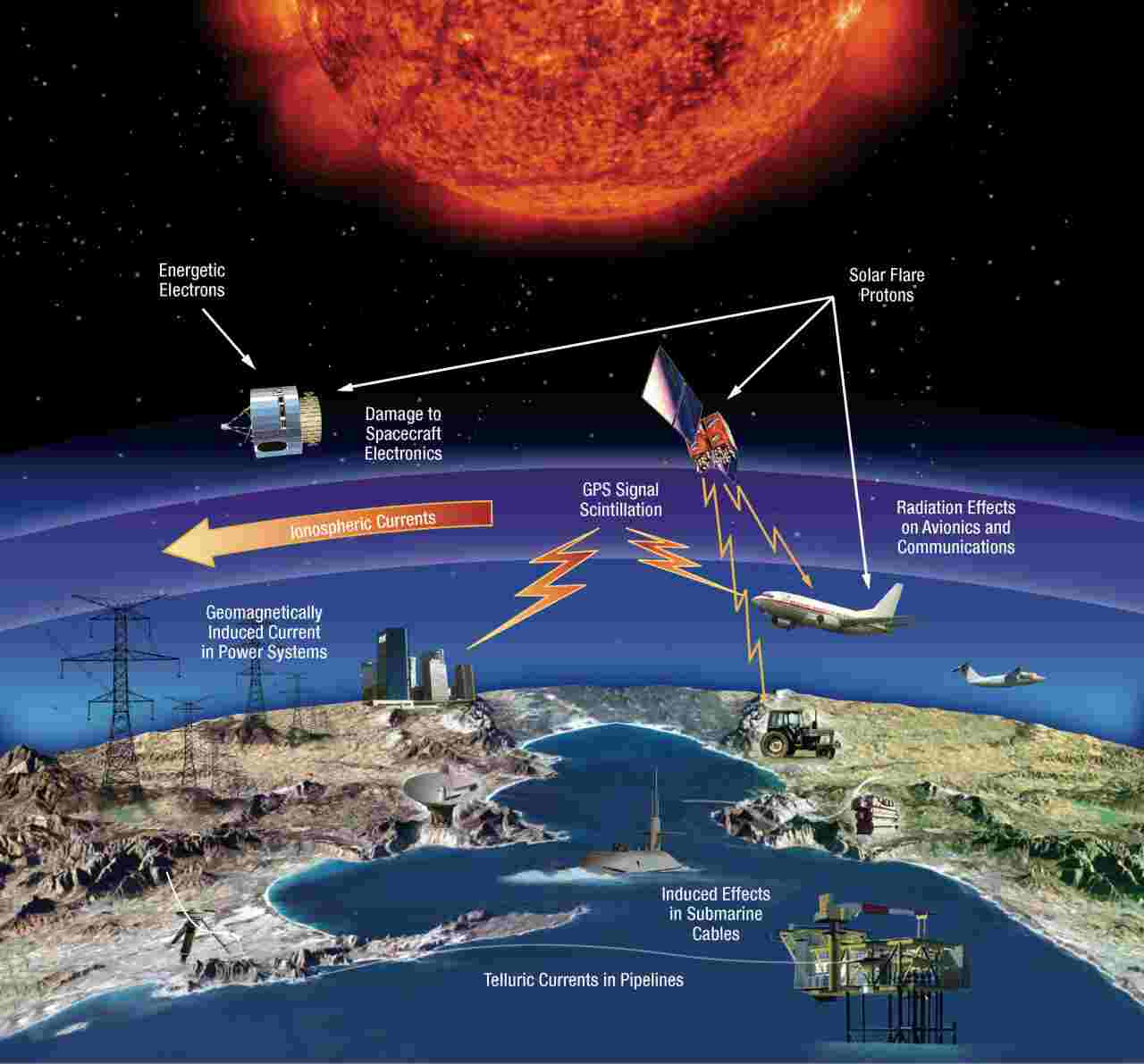ASTRONOMY
NASA predicts the Sun's corona behavior, revealing its mysteries using advanced computational methods

Scientists at Predictive Science are conducting a groundbreaking mission to unravel the enigmatic mysteries of our sun's corona. They are using data from NASA's Solar Dynamics Observatory (SDO) to predict the appearance of the solar corona before the upcoming solar eclipse in April 2024. This endeavor is remarkable because NASA's Pleiades Supercomputer plays a pivotal role, leveraging its computational prowess to update these predictions in near real-time. This breakthrough promises to provide insights into the sun's dynamic exterior and holds significant implications for understanding space weather and its potential impacts on Earth and beyond.
In Pursuit of the Solar Crown
The solar corona, a beguiling crown of long, thread-like plasma strands, extends into interplanetary space as the solar wind, enveloping the planets, including Earth. The effects of coronal outflow on planets, earth's atmosphere, and human technology underscore the critical importance of understanding and accurately forecasting solar activity. This, in turn, poses daunting challenges due to the dynamic and ever-evolving nature of the Sun's magnetic field and its impact on space weather.
Releasing the Prowess of Pleiades Supercomputer
At the heart of this transformative research effort lies the computational power of NASA's Pleiades Supercomputer, which processes the influx of data from SDO and swiftly updates the predictive model, presenting near real-time insights into the evolving solar corona. This capability is a pivotal step forward in understanding and anticipating the solar corona's behavior, consequently enhancing our ability to forecast space weather events.
Peering into the Dynamics of Solar Activity
To achieve their predictive model, the researchers at Predictive Science meticulously utilize measurements of the Sun’s changing magnetic field at the solar surface in real-time, thus enabling a more accurate representation of the evolution of the solar corona over time. Nevertheless, the challenge of accurately measuring the magnetic field in the corona remains a crucial hurdle, underscoring the complexities of this cutting-edge research.
Bridging the Gap with Automated Model Refinement
A notable milestone in this breakthrough was the development of an automated process that converts raw data from SDO to illuminate how magnetic flux and energy shape the behavior of the solar corona. By integrating this dynamic into the model, the researchers can monitor the evolution of the solar corona, ultimately enhancing their ability to predict solar eruptions, thus further fortifying our understanding of space weather dynamics.
Testing and Refining Against Real-life Conditions
The recurrence of total solar eclipses provides a unique opportunity to test the accuracy of these predictive models against real-life conditions, thereby refining and fine-tuning the model. With each endeavor, the team at Predictive Science has shown a resolute determination to innovate and improve their predictive capabilities, thereby enhancing our preparedness to understand and address the impacts of space weather on Earth and beyond.
Looking to the Horizon
The ongoing efforts to explore the intricacies of the Sun's corona have the potential to revolutionize our understanding of space weather. With the help of NASA's Pleiades Supercomputer, scientists are making groundbreaking progress in developing predictive models to unravel the secrets of the Sun's crown. The upcoming solar eclipse in 2024 offers an excellent opportunity to share these advancements with the world and bring attention to the remarkable possibilities that lie ahead in our quest to comprehend the enigmatic and dynamic nature of our Sun's majestic corona. These tireless efforts of the scientists pave the way for a new era of solar exploration and prediction.
